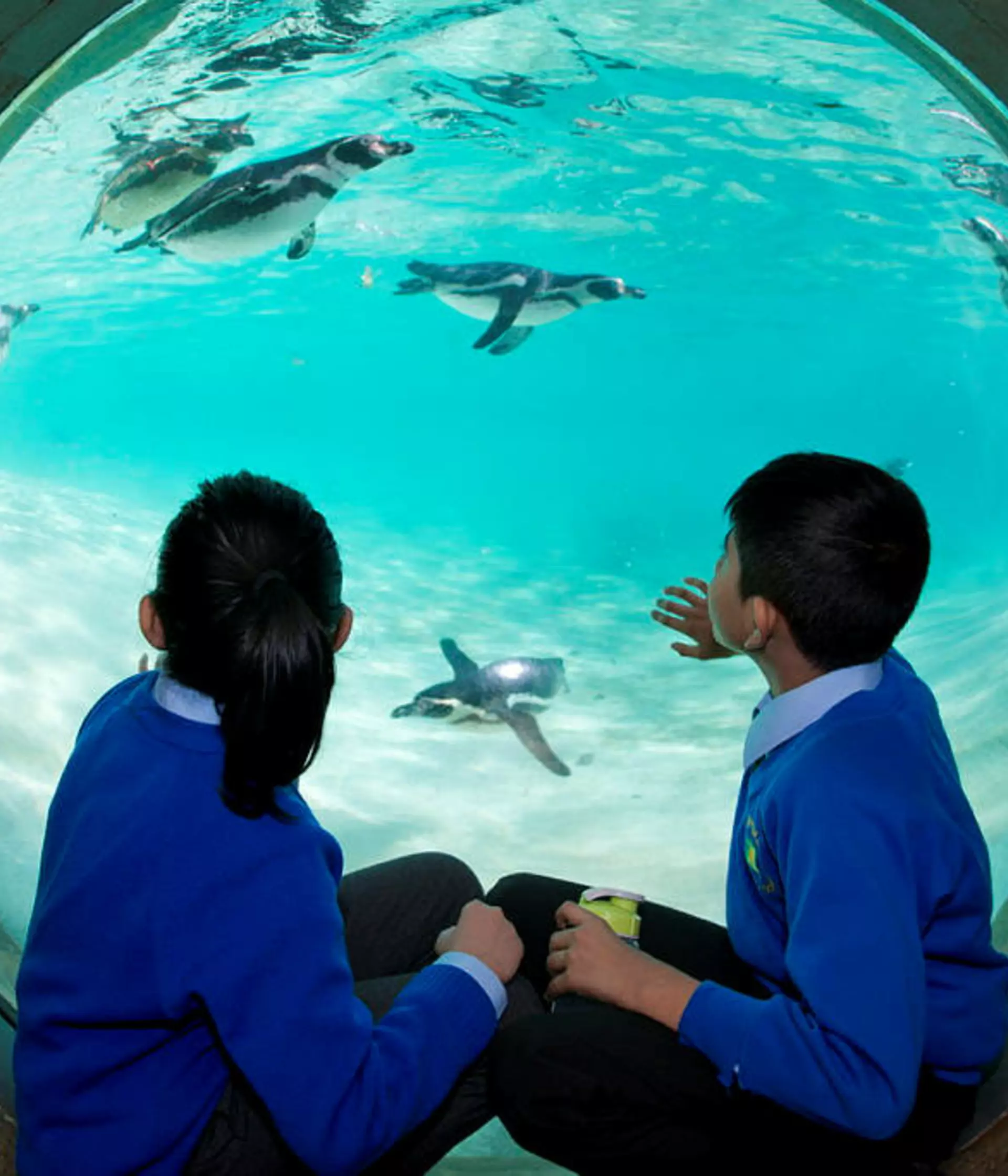
We're bringing students closer to nature in shared spaces of wonder. With our award winning Community and Learning Team, we're working to advance knowledge to better protect wildlife today, while inspiring a lifelong love of animals in the conservationists of tomorrow.
Whether it’s through a visit to the Zoo, or supporting your learning in the classroom or at home, we can provide all the inspiration you need to help wildlife thrive. We work with all ages, from Early Years to University and beyond. We can help you design your perfect school trip, bring experts into your classroom digitally, provide resources for lessons and even run training for education professionals. We welcome schools, home educators, youth groups and uniform groups too!
Educational trips to London Zoo
Everything you need to book an educational visit to the Zoo and inspire a lifelong love of animals in the conservationists of tomorrow.
Supporting Learning Outside the Zoo
Making sure you have everything you need to help young people explore the natural world and discover how they can work for wildlife.
Education Access Scheme
Building relationships with our local schools in Camden and Westminster, to inspire the conservationists of tomorrow.
Events & Activities
Curriculum-linked events and activities throughout the year for a range of key stages.
Learners requiring extra support
Our learning team have a wealth of experience working with students of all ages and backgrounds. Find out more through the lings below, or get in touch to ask more.
Supporting students with SEND
Creating learning experiences that are accessible for people of all needs and abilities.
Practical courses for alternative groups
Providing positive experiences for those disengaged from mainstream education and re-engage these groups with nature and the world around them.
Animal activities to support your learning
Teaching resources
We’ve got a flock of educational resources to bring your learning to life, from animal art to understanding the climate crisis.

